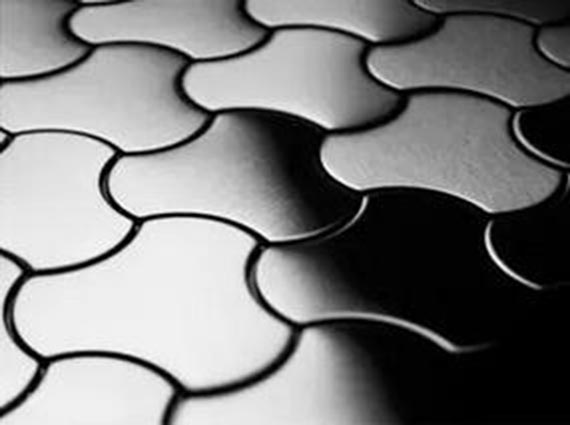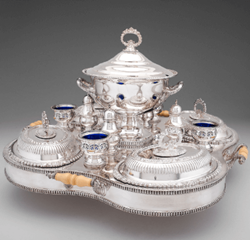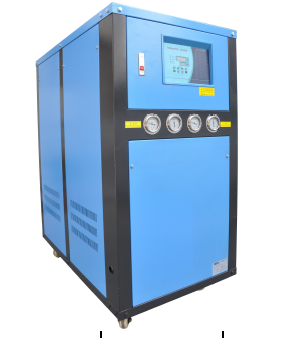Metal surface coating and organic coating should meet the coating (plating) layer is dense, uniform, with the substrate with a solid combination of requirements. The coating (plating) layer such as coating (plating) off, bubbling or hair and local no coating, etc., in most cases are due to metal coating (plating) before the surface is not clean. Compared with organic solvent coatings, metal surface coating with water as solvent coating, such as electroplating, anodizing, phosphating and water-based paint coating is more sensitive to organic contamination of metal surfaces, even monolayer contaminants , May lead to the failure of the entire process. Therefore, the cleanliness of the material surface coating (plating) after the pretreatment is crucial, this article on a variety of metal surface cleanliness methods to do a summary.
1 visual and optical method
Oil stains on bright metallic surfaces can be observed with the naked eye and with a magnifying glass or light microscope. The disadvantage is that the passivation oxide film on the metal surface and very thin oil will not be detected. For rough and shiny metallic surfaces, the above method is powerless, but clean the metal surface by wiping the surface with a clean, white cotton, cloth, paper and then observing it for cleanness.
2 surface tension method
According to the surface oil on its surface energy, through the metal in a series of different surface tension of the test solution is infiltrated to determine the surface energy, and thus determine the surface cleanliness. As a series of solutions dosed from 80% acetic acid 20% water (V / V, the same below) to 1% ethanol 99% water, the surface tension correspondingly increased from 24.5 × 10 -5 N / cm to 66.0 × 10 -5 N / cm.
3 paint method
The degreaser drops on the metal surface, and then evaporated to dry, if no trace, the surface of the metal surface is clean, if there is a ring that shows the presence of oil.
4 wetting method
The clean metal surface is hydrophilic and, therefore, completely wetted by water. When the metal surface contains oil, there is a water-cut area that is not saturated with water. Based on the principle of whether it is hydrophilic, in addition to the simplest commonly used breath method and atomizer spray method, there are several detection methods. Since the metal oxide film is also hydrophilic, most of these methods can not detect whether the oxide film on the metal surface retreats.
4.1 jet pattern method
Spray distilled water containing 0.1% dye onto the wetted metal surface with a spray gun and observe the spray pattern. Where there is oil, because it is not infiltration of water will not show dye color. Spray gun operating conditions are: air pressure 5.9 × 10-4 ~ 9.8 × 10-4Pa, distance 60cm, time 30 ~ 50s.
4.2 water cut method
The sample is immersed in water, and then out of the water, tilt 45 ° to observe whether the surface of the hanging beads or waterless area, if any, indicating that there is oil on the metal surface.
4.3 mercury drop method
This Law is particularly suitable for inspection of oil and oxide film on metal surfaces. When mercury drops on the metal surface, it unfolds in a clean place, forming a small bead between the oxide film and the oil stain. Mercury is highly toxic and should be used with caution.
5 Talc method
Put the metal sample vertically into the water sprinkled with talcum powder on the surface, and then put it vertically. As you can see, the clean surface will be uniformly coated with talcum powder, while the oily area will be free of talcum powder.
6 copper replacement method
For ferrous metals, immersion in 63g / LCuSO4 • H2O and 17g / LH2SO4, allowed to stand for 10s, agitated in distilled water for 15s, rinsed with bottle and dried. On a clean metal surface, pink Cu is generated due to the reaction of Fe Cu2 → Cu Fe2, while the pink copper displacement layer is not observed on the oily surface.
7 alarm law
This method is a special test method for copper and its alloys. When the copper and alloy immersed in 0.025mol / L sodium polysulfide solution, standing to a certain moment, you will see a sudden change of copper like ink, so called the alarm method, the more clean the copper surface, the time of black short.
Other ways
In addition to the above mentioned several methods, some of the data also recommended the potassium ferricyanide method, fluorescence method, dye method, radioactive tracer method, combustion method, depending on their application environment and conditions have their own advantages and disadvantages.





